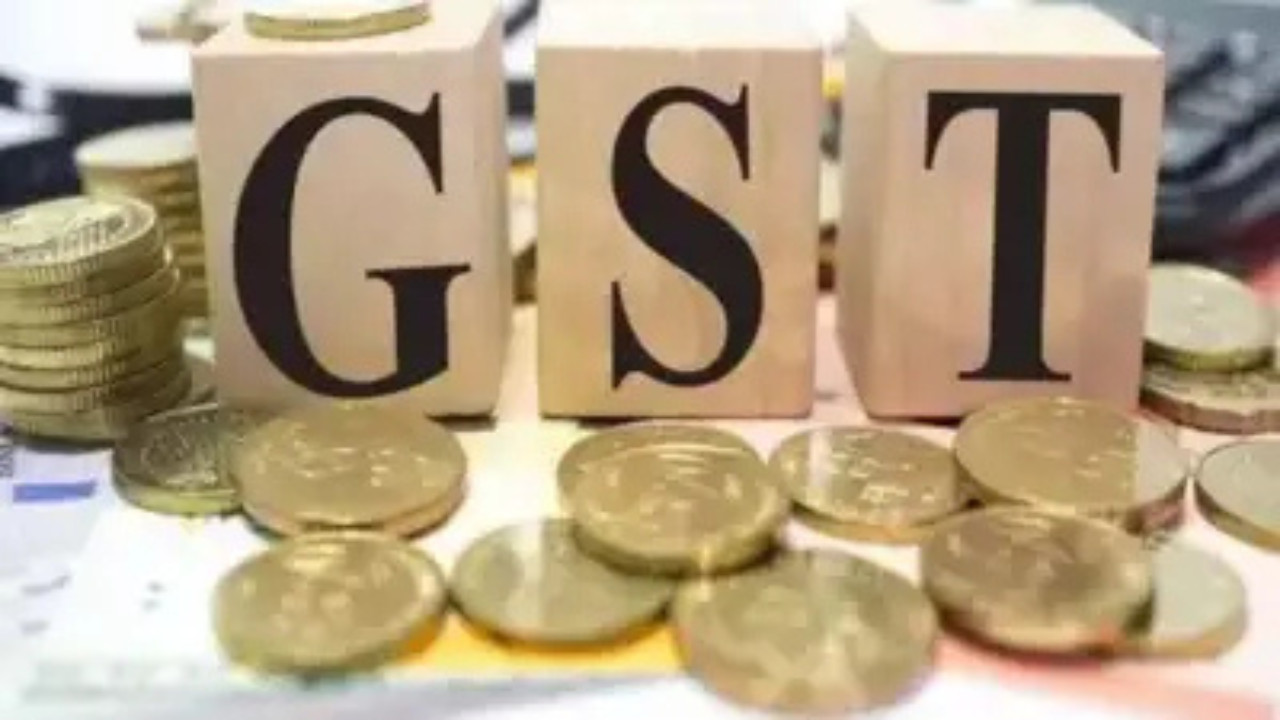India is poised to overhaul its GST structure, reducing tax slabs from four to two. This reform aims to lower rates on essential goods and durables, potentially boosting consumption by Rs 0.7–1 lakh crore. The changes, coupled with a possible repo rate cut, are expected to stimulate demand and ease inflationary pressures, benefiting various sectors.
Could GST Reform Be The Consumption Boost India Needs?
The Goods and Services Tax (GST), implemented in India in 2017, was hailed as a revolutionary step towards unifying the country’s complex indirect tax system. It aimed to create a seamless national market, simplify tax compliance, and boost economic growth. However, seven years down the line, the GST structure still faces complexities that businesses and consumers alike grapple with. Whispers of potential reforms are growing louder, hinting at a future where GST becomes even more efficient and consumer-friendly. But what might these changes look like, and what impact could they have?
One recent report from Bank of Baroda (BOB) suggests that significant GST reforms are on the horizon. The report anticipates a simplification of the existing rate structure, which currently includes multiple slabs. Imagine a scenario where fewer tax brackets make it easier for businesses to categorize their products and services, leading to reduced compliance costs and fewer classification disputes. This streamlining is exactly what proponents of GST reform are hoping for.
The Promise of Simplified GST Rate Slabs
The core idea behind reducing the number of GST slabs is to minimize the ambiguity and complexities that businesses currently face. With fewer rates, it becomes easier to determine the applicable tax rate for a particular product or service. This clarity can directly translate into lower compliance costs for businesses, especially small and medium-sized enterprises (SMEs) that often lack the resources to navigate the intricacies of the current system. A simpler system also makes it easier for consumers to understand the taxes they are paying, fostering greater transparency and trust.
Think about it: fewer slabs mean less room for misinterpretation and fewer opportunities for tax officials to challenge a company’s classification. This certainty empowers businesses to make better investment decisions and plan for the future with greater confidence.

How Rate Reductions Could Impact Prices and Consumption
Beyond simplification, the BOB report also points to the possibility of rate reductions. Lower GST rates could have a direct impact on consumer prices, making goods and services more affordable. This, in turn, could stimulate demand and boost consumption across various sectors of the economy.
Consider the impact on everyday items like processed foods or consumer durables. A reduction in the GST rate on these products would directly translate into lower prices for consumers. This increased affordability could incentivize people to spend more, leading to higher sales and increased production. The ripple effect could be felt throughout the economy, creating a virtuous cycle of growth. The expectation is that a rise in disposable income would give consumers more purchasing power.
Furthermore, reduced GST rates could make Indian products more competitive in the global market. Lower taxes would reduce the overall cost of production, allowing Indian businesses to offer their products at more attractive prices to international buyers. This could boost exports and contribute to a more favorable balance of trade.
GST Reform: The Road Ahead
While the potential benefits of GST reforms are clear, the path to implementation may not be straightforward. Any changes to the GST structure would require consensus among the central government and the states, as the GST Council is the ultimate decision-making body. Reaching a consensus can be challenging, given the diverse economic interests and priorities of different states.
However, the growing recognition of the need for GST simplification and rate rationalization suggests that there is momentum for change. The government has already taken steps to address some of the issues with the GST system, such as streamlining the registration process and simplifying the filing of returns. Further reforms could build on these successes and create a more efficient and effective tax system.
Ultimately, the success of GST reform will depend on careful planning, effective implementation, and ongoing dialogue between the government, businesses, and consumers. A well-designed and well-executed reform could unlock the full potential of the GST and contribute to sustained economic growth and prosperity. For more on similar topics, take a look at our other articles on the Indian economy.
A Brighter Economic Future?
The prospect of a streamlined and more consumer-friendly GST system offers a glimmer of hope for businesses and consumers alike. By simplifying the rate structure and potentially lowering rates, India could unlock a new wave of economic growth fueled by increased consumption and improved competitiveness. Will it happen? The signs are certainly encouraging, and the potential rewards are too significant to ignore.







